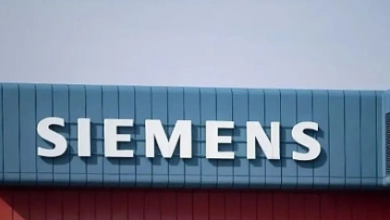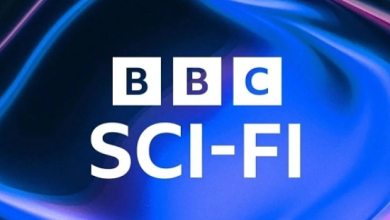
The Rise of The Hut Group: E-Commerce Empire from the North
When discussing the global e-commerce landscape, names like Amazon and Alibaba usually dominate the conversation. Yet in the UK, another giant has quietly risen from Manchester to become a key player in online retail: The Hut Group (THG). Founded in 2004, THG has grown into a multi-billion-pound enterprise with a portfolio spanning beauty, nutrition, and luxury goods. Its rise illustrates how the North of England has become a surprising center of digital innovation.
As someone who has observed the UK tech sector’s evolution, I see THG’s journey as both a story of smart strategy and a reflection of broader e-commerce trends—from vertical integration to the blending of retail and technology.

From Humble Beginnings to Global Reach
THG started as a modest online retailer focusing on music and entertainment. But by the late 2000s, the company pivoted toward health, beauty, and lifestyle products, recognizing the higher margins and global demand in these categories.
Today, THG owns a diverse range of brands including Myprotein, Lookfantastic, ESPA, and Glossybox. These names have become household staples for millions of customers worldwide. By building direct-to-consumer channels, THG has reduced reliance on third-party platforms and maintained tighter control over margins and branding.
The Power of Myprotein
Arguably, THG’s crown jewel is Myprotein, its sports nutrition brand. Launched in 2004, Myprotein leveraged influencer marketing, athlete partnerships, and social media long before they became industry standards.
What impressed me most was THG’s ability to make Myprotein a global name. From protein powders to supplements and apparel, it now competes directly with US giants like Optimum Nutrition. In fact, industry news earlier this year highlighted Myprotein’s rapid expansion into Asia, where rising fitness culture has fueled double-digit growth.
From my perspective, this success shows how a Manchester-based brand can tap into global health and wellness trends through smart digital marketing and supply chain efficiency.
THG Ingenuity: Beyond Retail
Perhaps the most interesting part of THG’s story is THG Ingenuity, its proprietary e-commerce technology platform. Unlike many retailers that outsource logistics and IT, THG built its own end-to-end system—covering warehousing, payment processing, customer analytics, and international delivery.
What started as an internal tool has now become a business in its own right. Brands outside THG can use Ingenuity to expand globally without building their own infrastructure. This “platform play” is a bold move, turning THG into both a retailer and a service provider.
I personally see this as a clever way to future-proof the business. In an era when margins are under pressure, offering e-commerce infrastructure gives THG recurring revenue and deeper integration with global brands.
Industry Trends: Challenges and Opportunities
Recent headlines remind us that even giants face headwinds. THG’s share price has been volatile since its 2020 IPO, reflecting investor concerns over governance, debt, and profitability. Meanwhile, rising costs in logistics and raw materials are putting pressure on margins.
At the same time, three trends could reshape THG’s future:
- Beauty E-Commerce Boom
Online beauty sales continue to outpace offline, with younger consumers preferring direct-to-consumer channels. THG’s Lookfantastic is well positioned here. - Health and Wellness Lifestyle
The post-pandemic focus on health has fueled demand for supplements and fitness products. Myprotein is expanding rapidly in this space. - Sustainability and Transparency
Consumers are demanding eco-friendly packaging, carbon-neutral shipping, and ethical sourcing. For THG, meeting these expectations could be both a challenge and an opportunity.
Personal Perspective: A Visit to Manchester
On a recent trip to Manchester, I was struck by the contrast between the city’s industrial past and its digital present. Standing outside THG’s sleek offices, it was hard not to think of the old textile mills that once powered the city.
In many ways, THG represents a new kind of Northern industry: not cotton or coal, but code, content, and commerce. Manchester has become a tech hub, and THG’s success is symbolic of that broader transformation.
Final Thoughts
The Hut Group’s rise is a remarkable story of ambition, adaptability, and digital savvy. From humble beginnings selling CDs to becoming a global e-commerce empire, THG shows that innovation doesn’t have to come from London, Silicon Valley, or Shanghai—it can come from the North of England.
For me, the most fascinating part of THG’s journey is its dual identity: both a retailer and a technology company. This hybrid model may be its biggest strength as e-commerce enters a new era defined by platforms, personalization, and sustainability.
Whether THG can navigate challenges around governance and market skepticism remains to be seen. But one thing is certain: the company has already transformed Manchester into a global player in the e-commerce industry.




